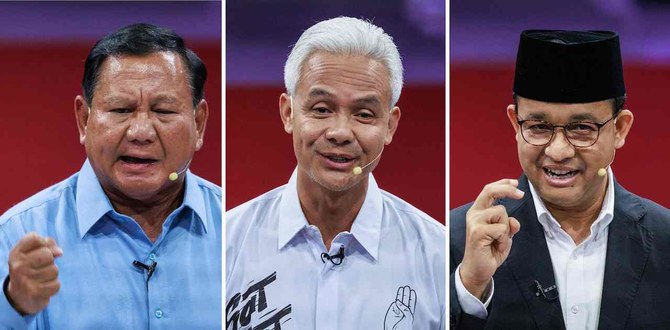
As people cast their votes on Thursday, the opinion polls continue to predict that Keir Starmer’s Labour party will win the general election with one of the largest ever parliamentary majorities. Conversely, Rishi Sunak’s Conservative party is projected to suffer one of its worst ever losses.
How does this prediction of a dramatic Labour win compare with other landslide victories in British history?
1832 – Whig majority of 224 seats
The Whigs, who along with their allies were gradually coming to be referred to as Liberals, won an overall majority of 224 seats, with the Tories winning less than 29% of the vote.
The 1832 general election was the first held after the Reform Act, which had become law earlier that year. The new law gave the vote to more middle-class men – those who owned or could afford to rent property. Prior to the act, about one in 10 men had the vote; after the law was passed that figure doubled.
1906 – Liberal majority of 143 seats
The 1906 general election has been called the Liberal landslide, as there was a 5.4% swing from the Conservative party to the Liberal party. The Liberals, led by the prime minister Henry Campbell-Bannerman, won just shy of half the popular vote.
The Conservatives lost more than half their seats, leaving the party with the lowest number of seats in its history. The party leader, Arthur Balfour, who had been prime minister until only weeks before the election, lost his own seat in Manchester East.
1924 – Conservative majority of 209 seats
The Conservatives, led by Stanley Baldwin, won a huge majority after defeating the Labour prime minister Ramsay MacDonald in a vote of no confidence in parliament. The Liberals lost 118 seats, including that of the party leader, Herbert Henry Asquith.
The election marked the Liberals’ demotion to the third party in British politics, ending up with just 40 seats – behind Labour with 151 and the Tories with 412.
1931 – National Government
The National Government, a three-party coalition formed two months after the collapse of the second Labour government, won 67% of the popular vote and 554 (90.1%) of 615 seats. Most of the coalition government’s support came from the Conservative party, which won 470 seats. But it was led by MacDonald, who had led the previous minority Labour government, and also included some Liberal MPs.
Labour, which had expelled MacDonald for agreeing to be prime minister of the coalition, suffered its greatest ever defeat. It lost four-fifths of its seats, including that of the party leader, Arthur Henderson, ending up with just 52 MPs.
1945 – Labour majority of 145 seats
Winning almost half of the popular vote, Labour’s postwar election victory marked a watershed in British history. The swing of 12 points to the party was unprecedented, and a shock for the Conservatives, led by Britain’s wartime leader Sir Winston Churchill, with the party suffering a net loss of 189 seats.
Clement Attlee’s Labour government won on a radical programme to rebuild Britain after the second world war, leading to the creation of the NHS and the welfare state. But Attlee was defeated six years later when Churchill won another term in office.
1983 – Conservative majority of 144 seats
Margaret Thatcher’s decisive second election win followed Britain’s victory in the Falklands conflict in 1982, which significantly boosted her personal popularity. The Conservatives were also helped by division in the opposition, with the formation of the SDP-Liberal Alliance, and Labour running on an extremely leftwing manifesto, described as the “longest suicide note in history”. In terms of vote share, Labour only just came ahead of the Alliance – the party’s worst election result since 1918.
1997 – Labour majority of 179 seats
After 18 years in opposition, Labour swept into power under Tony Blair, trouncing John Major’s Conservatives. Campaigning under the banner of New Labour, with Things Can Only Get Better by D:Ream as its theme song, the party won over voters with centrist policies. The Conservatives ended up with just 165 seats, their worst result since 1906.
Blair was also helped by a series of financial and sexual scandals in the Conservative party, and by the memory of the economic crisis of September 1992, when the pound was ejected from the European exchange rate mechanism on “Black Wednesday”.
2001 — Labour majority of 167 seats
Blair was re-elected with another landslide victory, becoming the only Labour prime minister to serve two consecutive full terms in office. The party returned 412 MPs compared with 418 in the previous election. However, turnout dropped to 59%, the lowest since the right to vote was extended in 1918.











